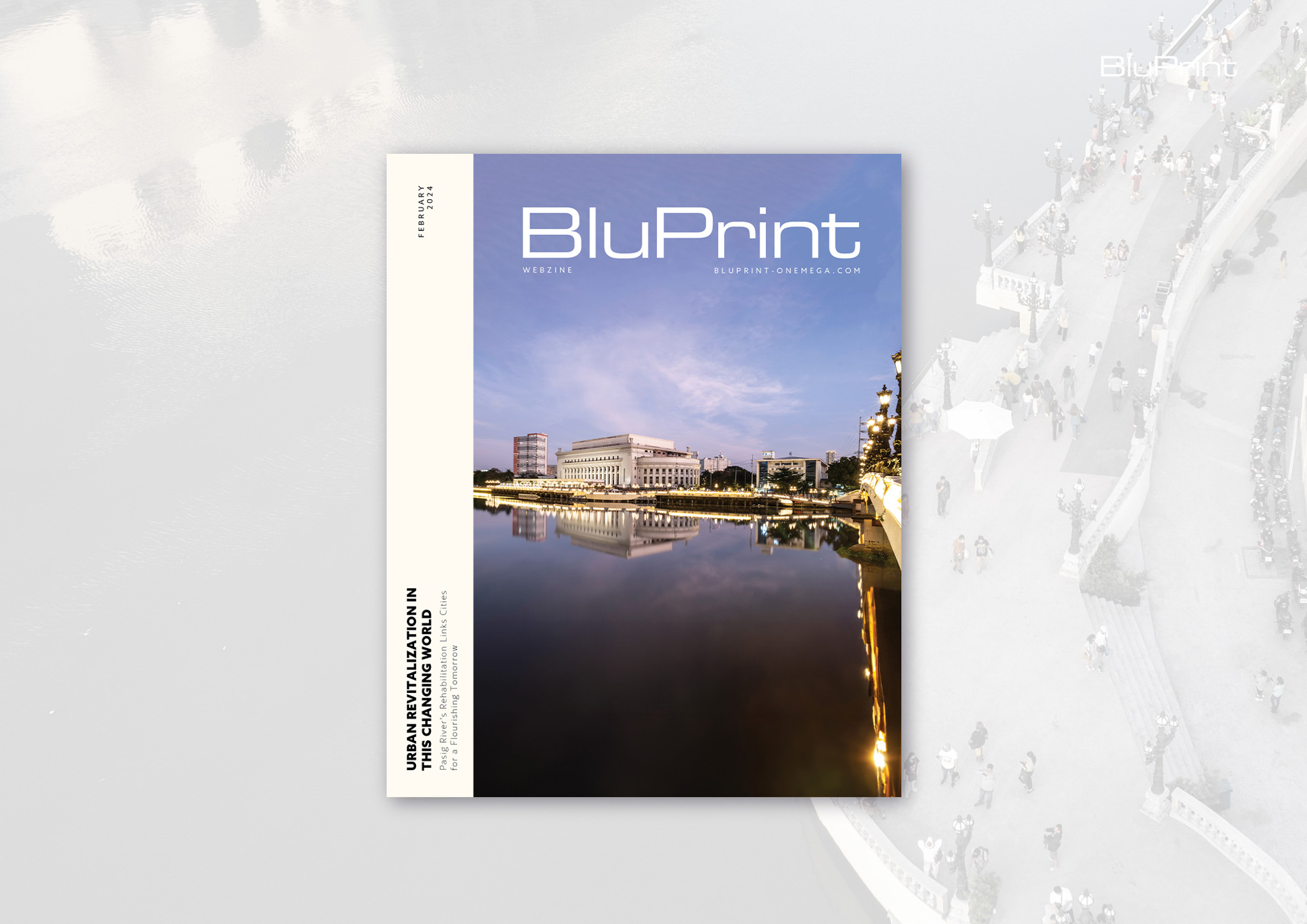
Revitalizing the Pasig River to Transform Manila’s Social Fabric
As it weaves through the heart of Metro Manila, the Pasig River plays a significant role in the Philippines. Historically, it served as a vital trade route during the pre-colonial era, shaping the development of settlements along its banks. Today, the river symbolizes the interconnectedness of diverse communities, reflecting the city’s complex social fabric. The Pasig River rehabilitation project aims to revitalize the river’s ecosystem, create accessible green spaces for the community, and foster sustainable urban development along its banks.
Urbanization and industrialization, however, greatly affected the quality of the river over the years. Despite facing environmental challenges, efforts to rehabilitate the Pasig River resonate with a shared commitment to environmental stewardship and community well-being. It’s a focal point for community engagement. Now, various initiatives aim to revive its ecological health and promote sustainable practices.
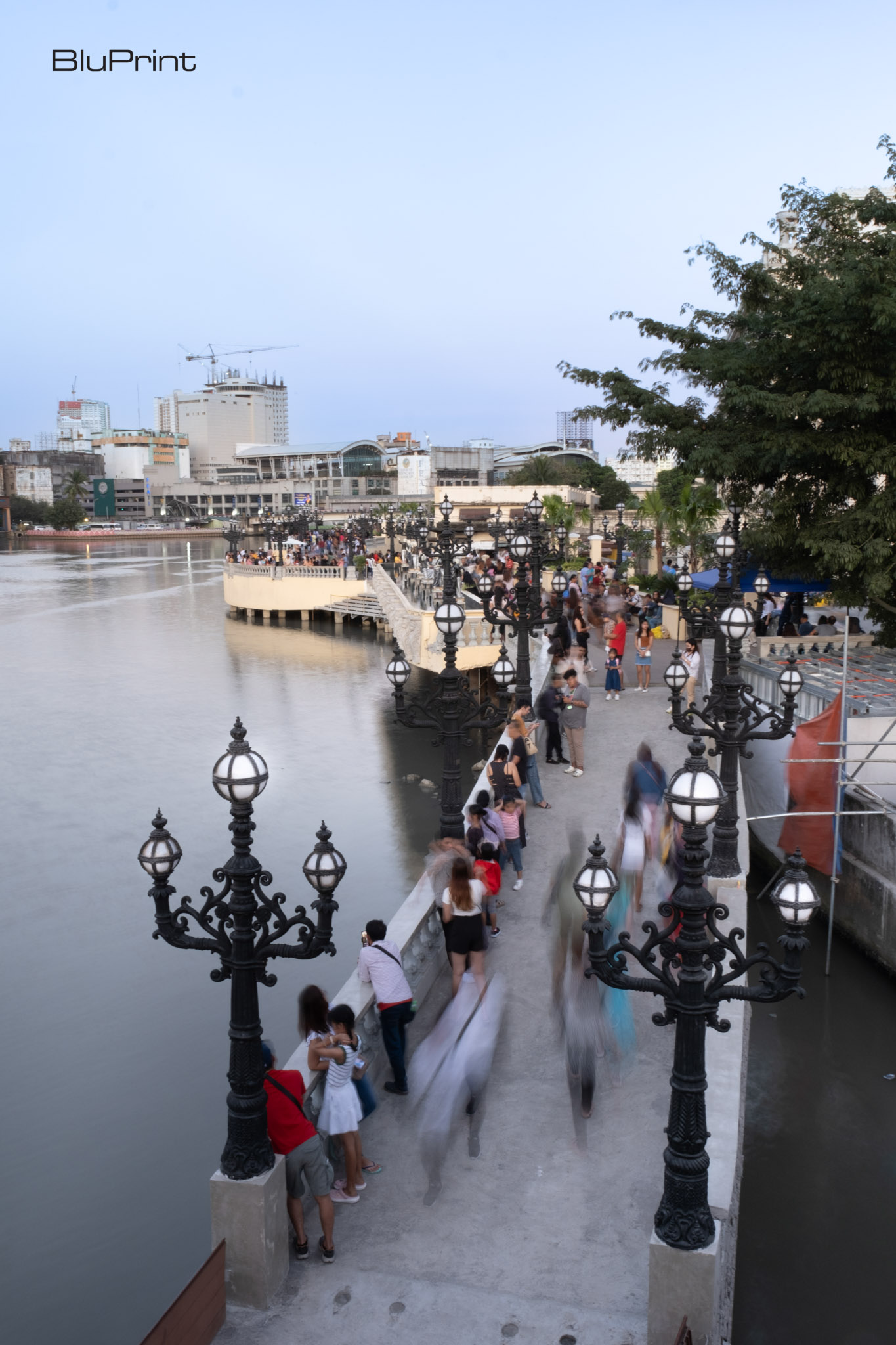
The latest initiative to restore the landmark’s glory is the “Pasig Bigyan Buhay Muli.” This is a comprehensive, multi-agency urban renewal project spearheaded by the Inter-Agency Council for the Pasig River Urban Development (IAC-PRUD). Executive Order 35 mandates the rehabilitation of the Pasig River to its original pristine condition. Chaired by the Department of Human Settlements and Urban Development (DHSUD) Secretary Jose Rizalino Acuzar, the project aims to transform Pasig River into a center of economic activity and tourism. It will also promote transportation connectivity in Metro Manila and its adjacent provinces. The agency collaborated with WTA Architects and Design Studio and PGAA Creative Design to create the masterplan for the urban development project.
Giving Birth to New Public Space Along the Pasig River
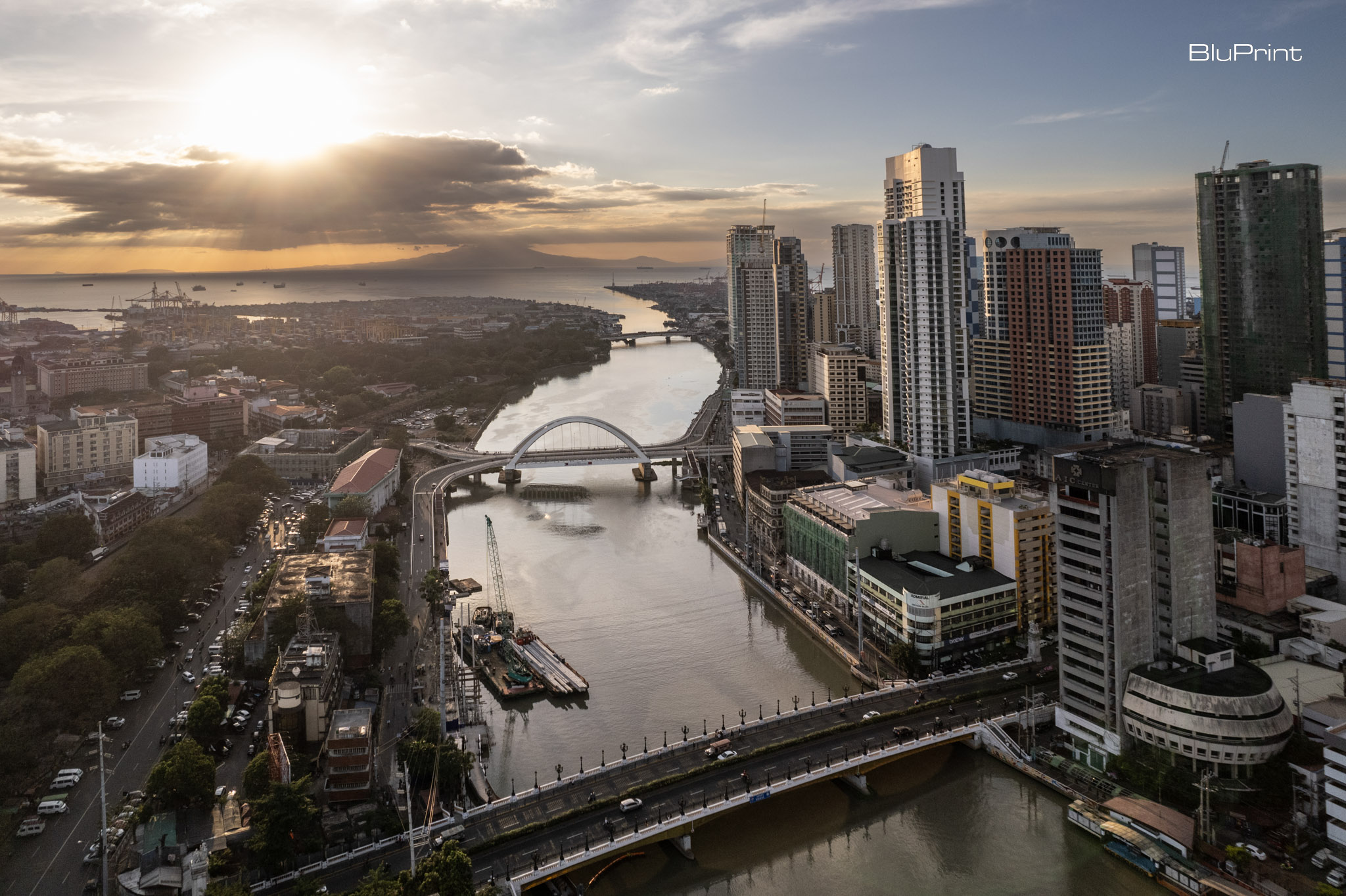
Manila ranks first in the Population Density by City 2024 report by the World Population Review. The country’s capital has a population density of approximately 119,600 per square mile, or 46,178 persons per square kilometer, the report reveals.
Having more public spaces in dense cities like Manila is crucial as they provide essential breathing room amid the urban hustle. These spaces offer residents a retreat from crowded environments, fostering community interaction, physical activity, and mental well-being. Additionally, public spaces contribute to improved air quality, enhanced aesthetics, and a sense of shared identity. Ultimately, it creates a more livable and sustainable urban landscape.
In January 2024, the showcase area of the Pasig River Urban Development project had its inauguration led by President Ferdinand Marcos Jr. and First Lady Liza Araneta-Marcos. It spans almost 500 meters behind the Manila Central Post Office building. But according to William Ti, Principal Architect of WTA Architects and Design Studio, this is just the first phase.
“One of the main goals of this project is to create an unimpeded pedestrian and cycling lane that would connect all the cities along the river,” Ti shares. He emphasizes the importance of having a space where one can enjoy a comfortable walk. “It definitely improves the quality of life of everyone who lives along the river because now you can always have a space in your everydays,” he adds.
Fulfilling a Public Need

Since the launch of the showcase area, it shows how people craved for a new public space this size since the Rizal Park. Local residents and those from nearby cities gather along the esplanade admiring the new view of the city’s skyline while cyclists pass through from both ends. Ti emphasizes that this is one of the benefits of this project. It encourages people to go out and engage with each other, especially those who don’t have access to open spaces.
Moreover, Paolo Alcazaren, Principal Architect of PGAA Creative Design, explains this project can bridge the gap between from where we are now to where we should be. This correlates with Manila having the lowest open space per capita of any major cosmopolitan city in the world. Alcazaren expounds that it’s way below the required minimum of nine square meters per person based on the target set by the World Health Organization (WHO).
On Designing The Pasig River’s Masterplan
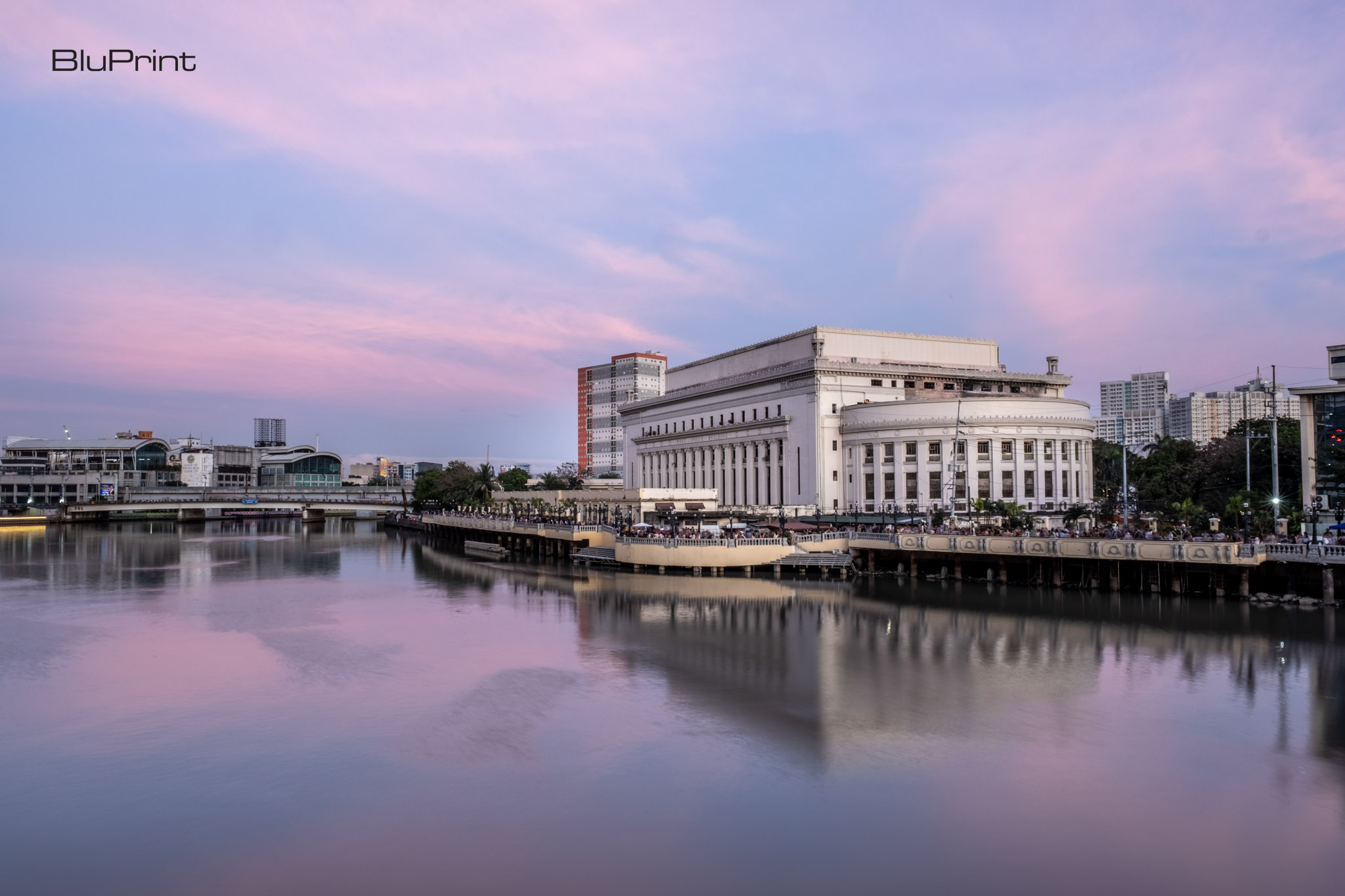
The Pasig River Urban Development project will cover the 26-kilometer stretch of the river. In total, Ti and Alcazaren reveal that the project will be approximately 50 kilometers divided into two for both sides. Part of the plan is to build recreational and wellness amenities, including public parks, jogging paths, and bike lanes.
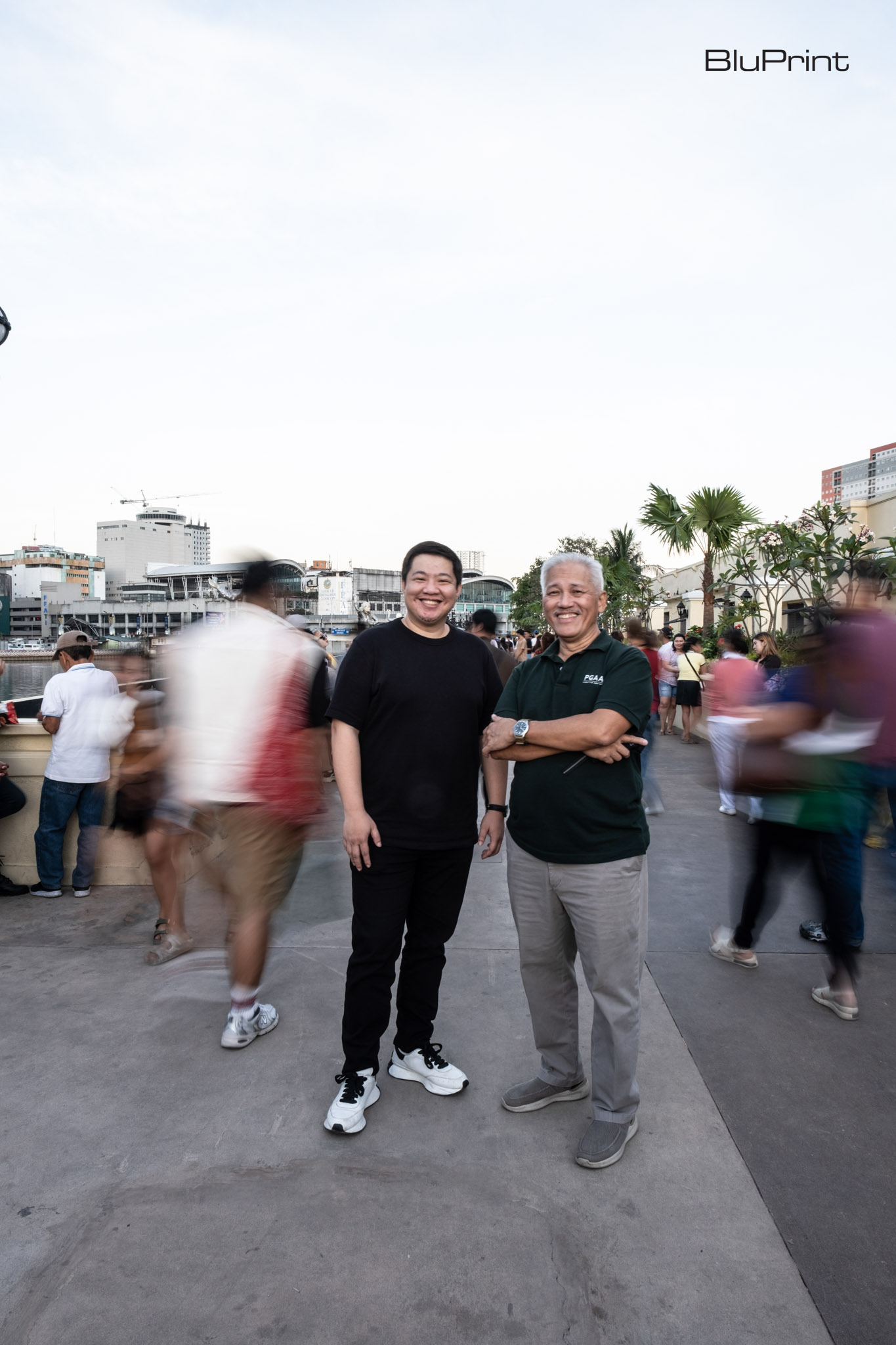
As urban designers, Ti and Alcazaren faced several challenges when working on this ambitious project. A major one is dealing with the dwellers in the area. To address this, Ti says part of the plan is to create two new housing communities at both ends of the river. “You’re not relocating the people, but you’re rehousing them within the city still. They would still have adequate access to their jobs,” he shares.
Another challenge for the designers is dealing with sections where landowners built up to the edge of the river banks. Alcazaren explains they had to address how they can connect each section that has no space. Their solution is to build piers over the river, thereby expanding the banks in these sections by up to six meters.
Addressing the Environmental Impact
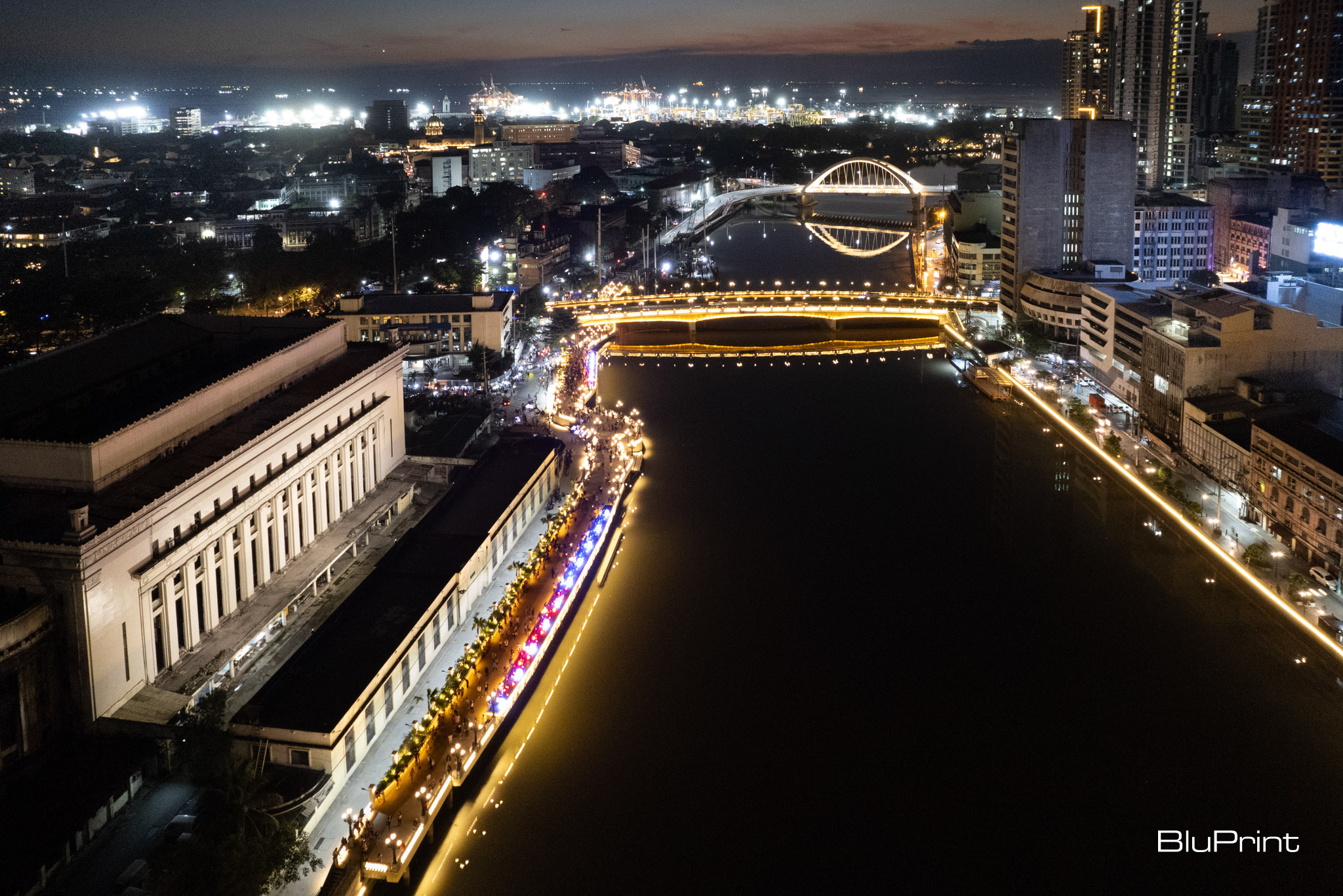
The team also collaborated with the Department of Environment and Natural Resources (DENR) and other departments to safeguard the project’s environmental impact. Under EO 35, specific committees are in-charge of maintaining the Pasig River. Ti and Alcazaren also hope there will be another agency to enforce its upkeep.
The Pasig River stands as more than a waterway. It is a testament to the historical roots and dynamic resilience of Metro Manila. The ongoing Pasig River rehabilitation holds the promise of revitalizing this iconic river. It’s an ambitious and visionary masterplan crafted by WTA Architects and Design Studio and PGAA Creative Design. The aim is to address the pressing need for more public spaces in the densely populated Manila.
The Pasig River Urban Development project serves as a beacon of hope for a city seeking to bridge the gap between its current state and a more sustainable, livable future. The endeavor symbolizes a collective commitment to environmental stewardship, community well-being, and the creation of public spaces that truly enrich the social fabric of Metro Manila.
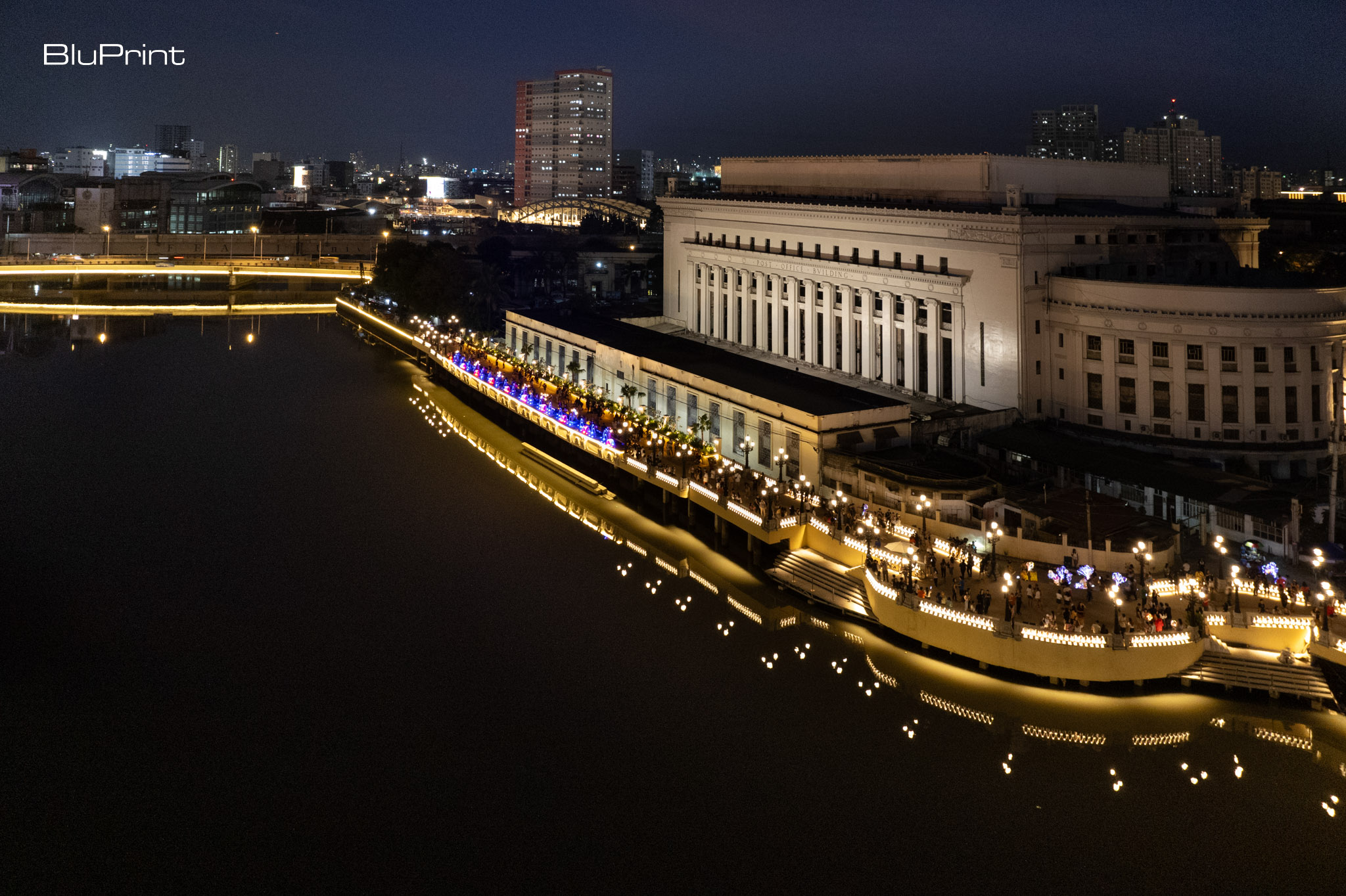

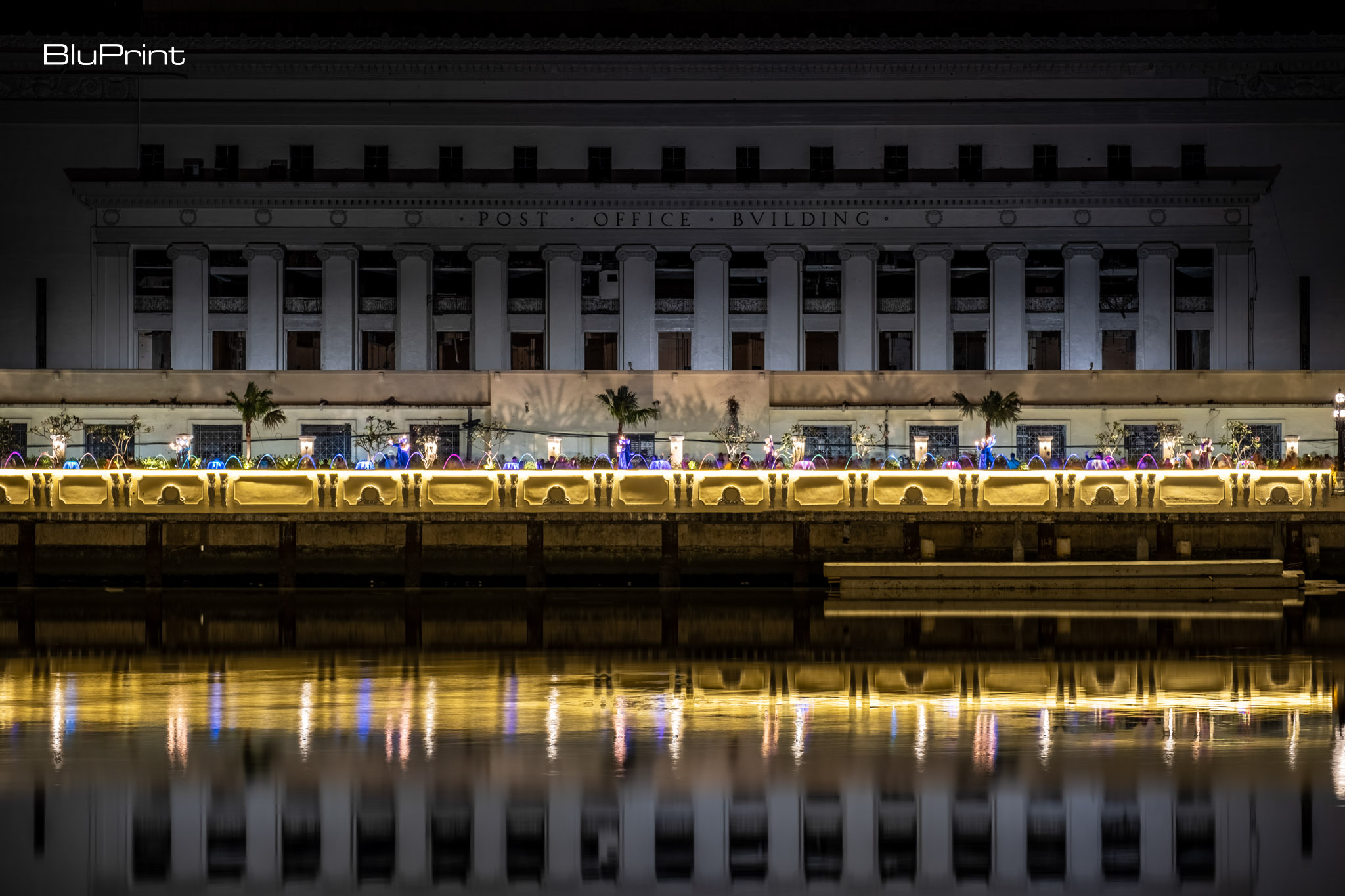
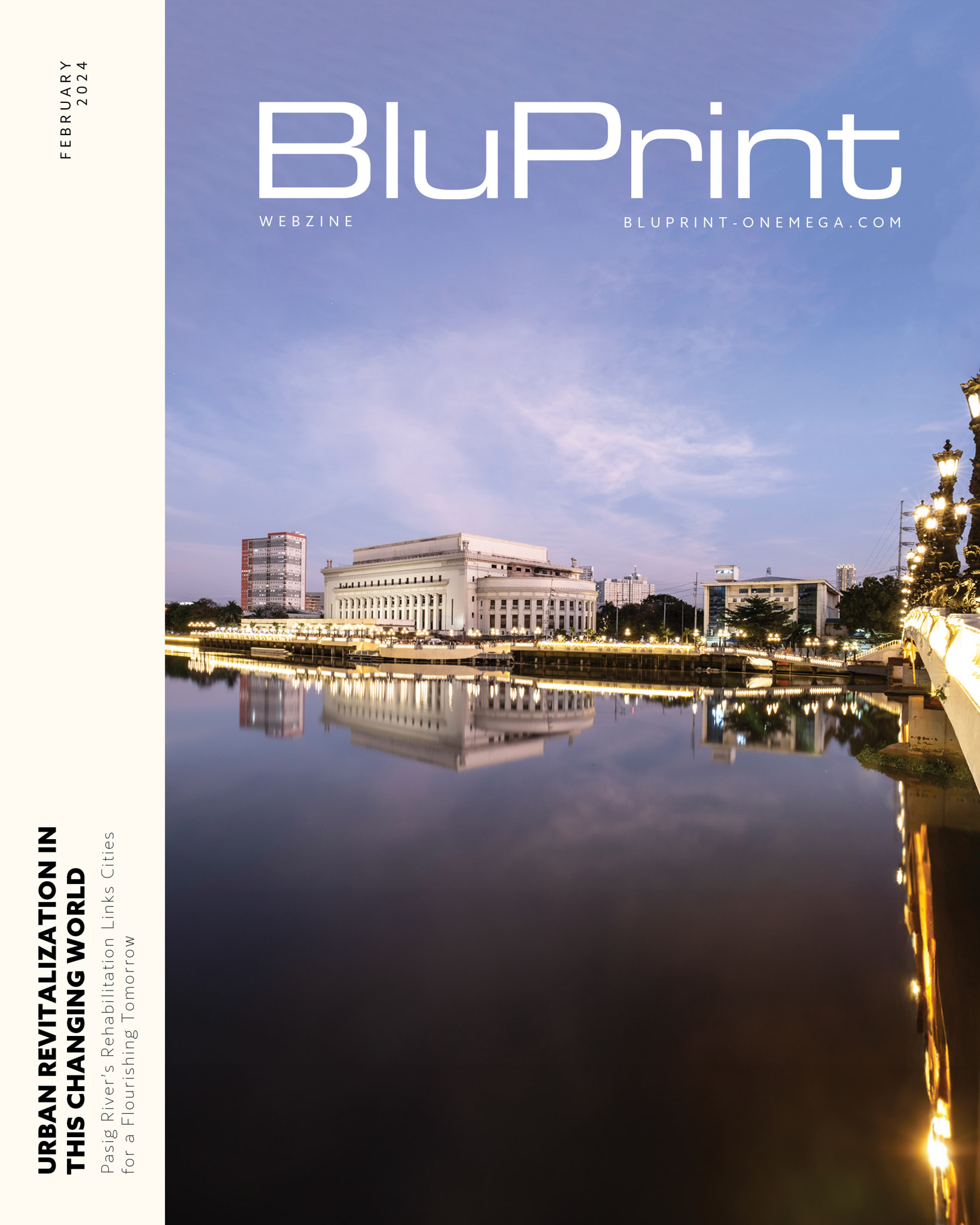
Photos by Ed Simon
Read more: GRASS launches the first biodiverse reforestation in Pasig City


